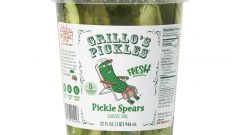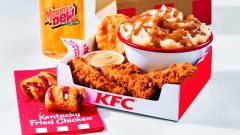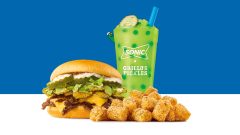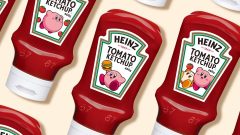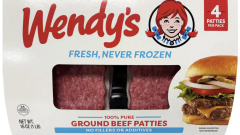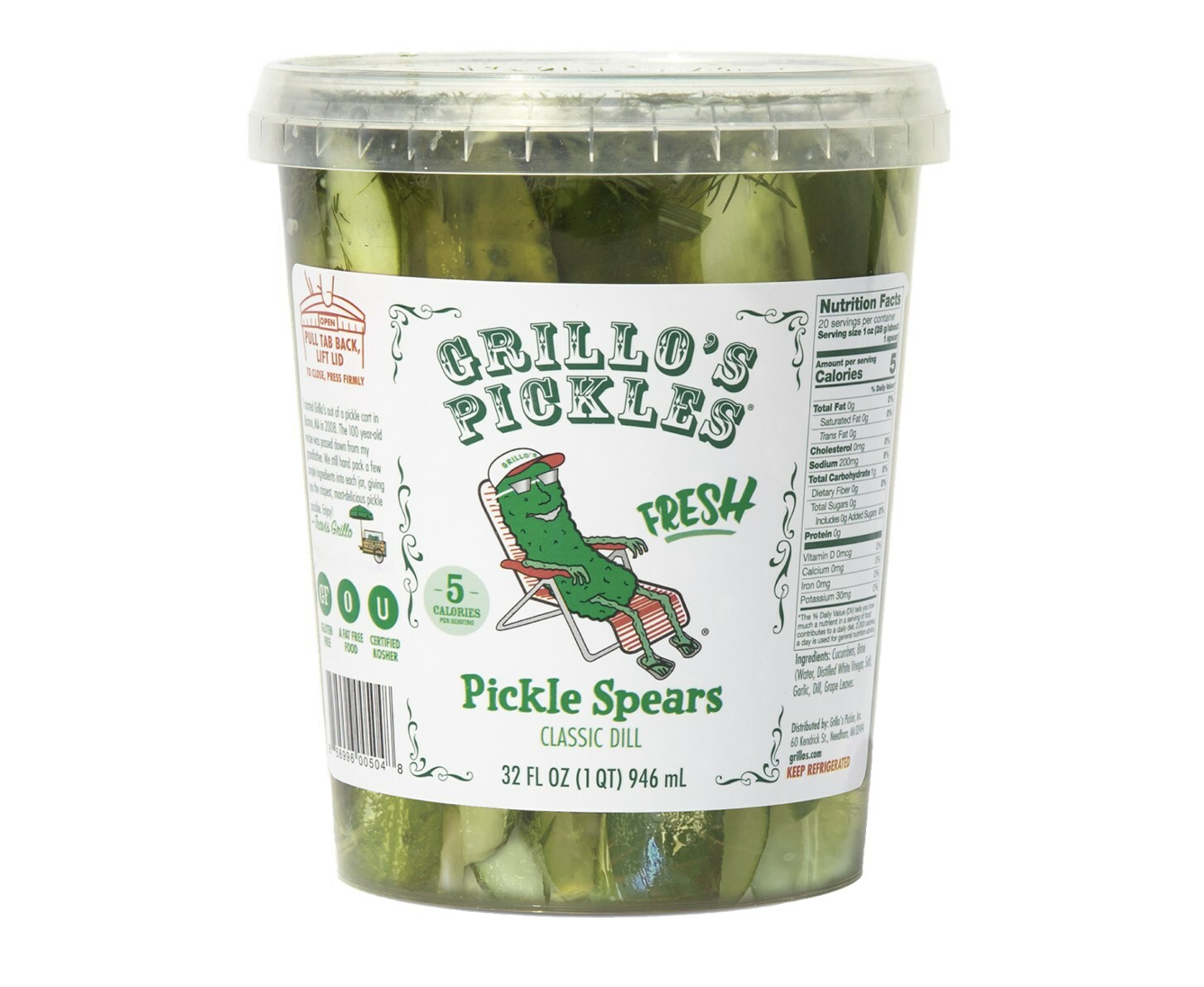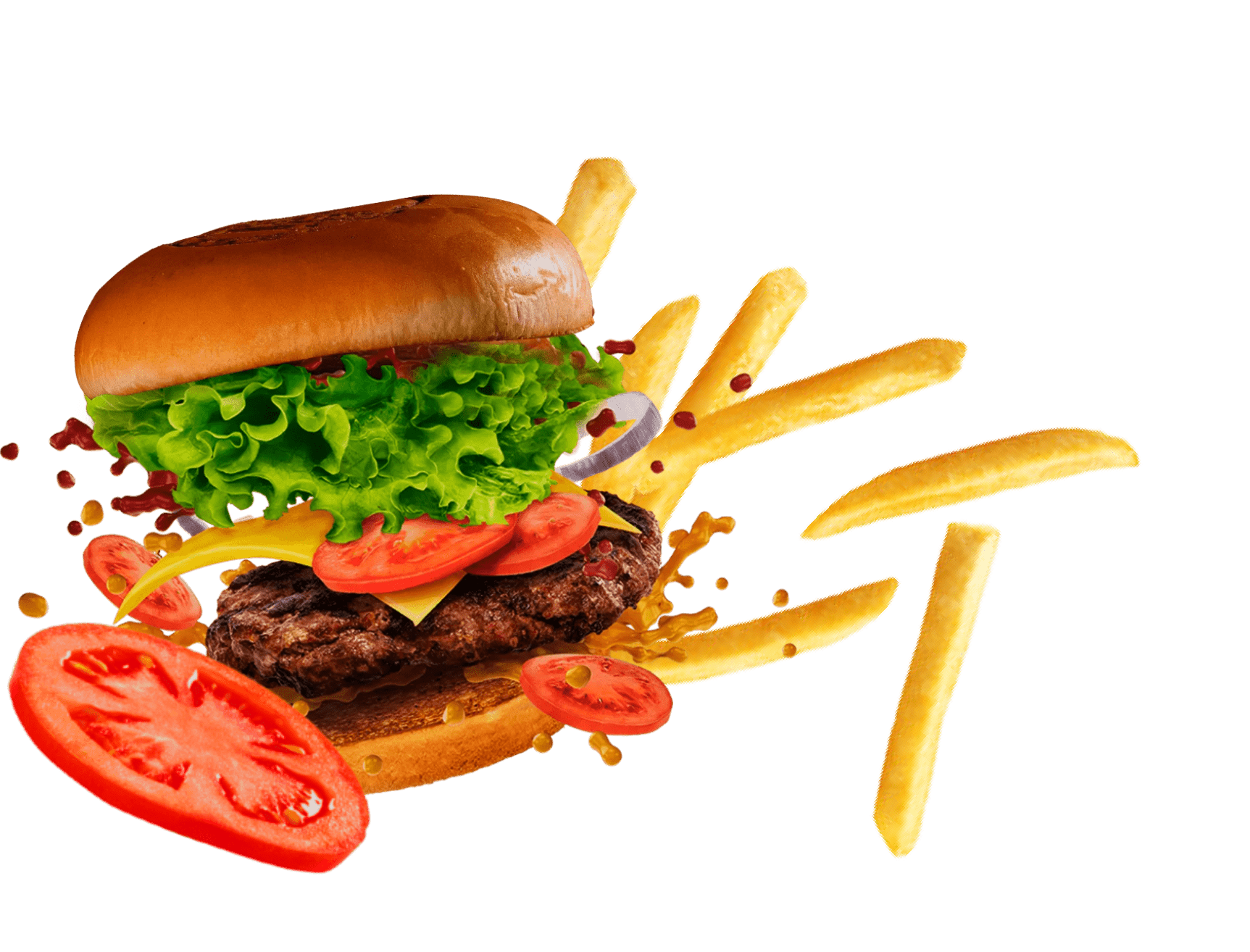If You’ve Ever Hated MSG, You Might Be Guilty Of Racism
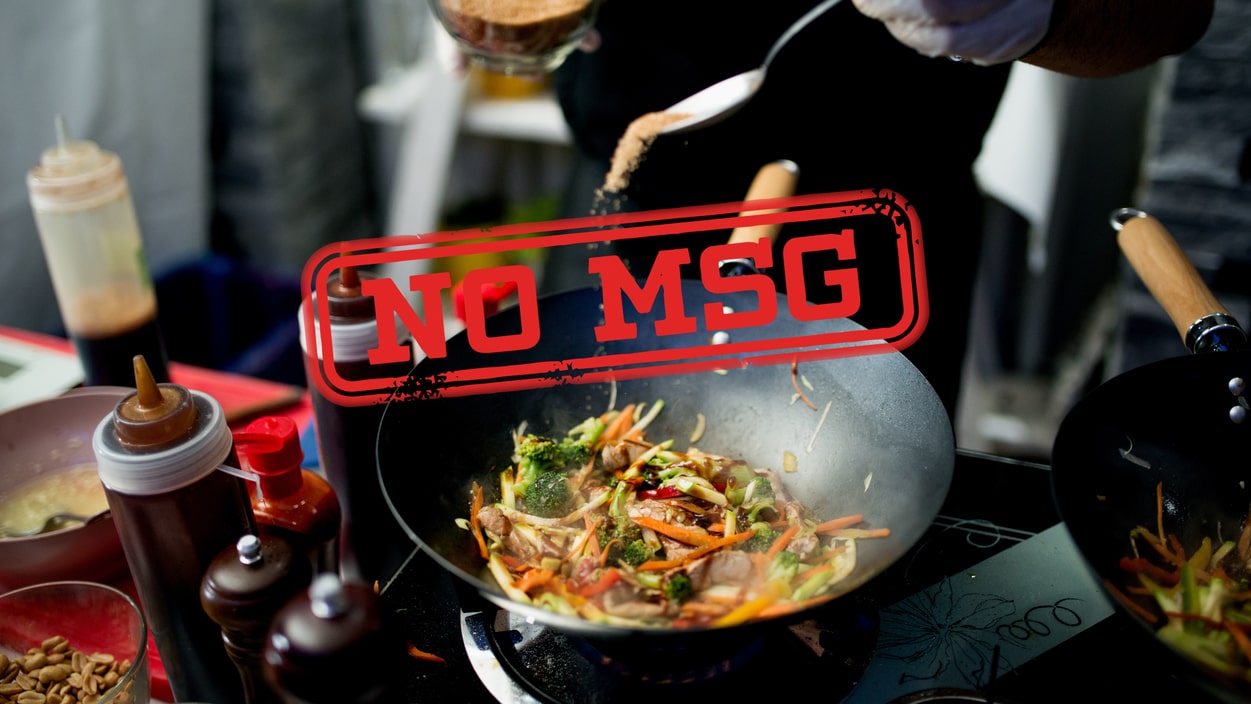
When it comes to the ingredients despised in the foods we eat, I’m disappointed that MSG is still on that list. Its safety and science have been debunked more times than Obama’s birther scandal, and yet, people still have a fear and hatred of it. So much so, in fact, that the term “Chinese restaurant syndrome,” a boy-cried-wolf moniker that’s used to often falsely accuse these businesses of spiking their foods with MSG and making people sick, is still prevalent in society.
If you’ve ever despised an Asian restaurant for using MSG, alleged or otherwise, you’ve been guilty of these racist thoughts. It may not be necessarily your fault, though, as this resentment towards a group of cultures for using this ingredient is one that’s been embedded deeply in the roots of today’s status quo.

The negative and racist thoughts towards Asian restaurants come despite the fact that MSG is the key component of umami, a term to describe savory and rich flavors. Folks LOVE modern restaurants that advertise umami, yet mentioning the compound that causes that taste sensation elicits nothing but negativity.
Laotian chef Saengthong Duoangdara, a personal chef, Laotian cuisine authority, and advocate for MSG, claims that uncertainty behind utilizing MSG still exists, despite all of the scientific data suggesting otherwise. “Most of my non-Lao clients prefer their food without MSG,” says Duoangdara, who has recently talked extensively on Laotian food on Foodbeast’s The Katchup podcast. He also notes that a lot of Lao restaurants today avoid using it in their food to “cater to Westerners,” but “when it comes to my cooking classes or personal chef clients, I’ll usually give them a brief history of MSG and let them know that it is safe to eat in moderation.”
Why is this the case? Partially because MSG has become deeply embedded in our culture as something to fear and shy away from while the linkage between it and umami has yet to be fully connected by society. However, MSG is predominantly used to target Asian restaurants and Asian foods and denigrate them. By understanding the controversial history of MSG, however, we all can hopefully make it a part of today’s food conversation and culture to embrace the ingredient for what it provides to our palates.
One of the key parts of that history to understand is that prior to its negative association with Asian restaurants, Americans were infatuated with MSG. After scientist Kikunae Ikeda isolated the compound from sea kelp in 1908, the company Ajinomoto was founded to commercialize and market the compound. Japan’s consumers took to it almost immediately, and by the 1930s, it had spread to China, Taiwan, and the United States. Even countries like Laos caught on to the hype, with Douangdara noting that several Laotian dishes today still rely on MSG, like gaeng nor mai bamboo stew and sai oua Laotian sausage.
According to Thomas Germain, author of A Racist Little Hat: The MSG Debate and American Culture, it was Chinese immigrants that were chiefly responsible for MSG’s move to the States. Initially, US consumers loved MSG and Chinese restaurants, and were particularly supportive of them during World War II following Japan’s invasion of China. By 1947, MSG had hit the mainstream and was actually a product called Ac’cent that you could find in grocery stores.

So what changed in American society that turned MSG into culinary public enemy #1? Mainly, it was the US’s feelings toward China, especially after Mao Zedong came to power and the nation was labeled as Communist. However, a confluence of events continued to build the association between China and MSG, eventually leading to its demonization.
The first nail in the coffin inadvertently came from Chinese immigrant Dr. Robert Ho Man Kwok and his 1963 letter to the editors published in the New England Journal of Medicine. Kwok complained of symptoms suffered while eating at American Chinese restaurants that he never experienced at home. These symptoms included palpitations, a numbness of the neck, and general weakness. One of the potential culprits he named in the letter was MSG, and although there was never an official linkage, that’s where the speculation began.
What made matters worse was the title the NEJM ran Dr. Kwok’s letter under: “Chinese Restaurant Syndrome.” Suddenly, a linkage now existed between Chinese restaurants and something that made people sick. That combined with the growing anti-Chinese sentiment that resulted from its Communist regime made it easy to start pinning the blame on a single ethnic group.
Following Dr. Kwok’s letter, several more instances occurred complaining of similar symptoms, and studies began to appear that linked MSG to Chinese Restaurant Syndrome. These further increased public animosity to Chinese and Asian restaurants despite the fact that the rest of the food industry used it en masse as well. Following the initial hype of MSG, its umami component became favored by food processors, including Frito-Lay, who added it to their seasoning for Doritos. You can also still find MSG in many fast food items today.
What made this fear and racist connotation mainstream, however, was a piece published by the New York Times in 1969. While it focused on the consumption of dog and snake meat in Hong Kong, its final section consisted of quotes from chefs on the island talking about their usage of MSG. And thus, a connection was made between dog meat, MSG, and the possibility of unknowingly eating either in a Chinese restaurant.
“The Times didn’t make this explicit,” wrote Germain, “but the implication is clear: in the same way the sneaky Chinese might trick you into eating dog, they were just as likely to hide MSG into your food.”

The thing is, most people hating on these restaurants for their usage of an umami bomb are being hypocritical. “When someone approaches me with a negative perception about using MSG,” says Douangdara, “I tell people that MSG is naturally found in many ingredients like tomatoes, mushrooms, and cheese. It is even found in non-Asian manufactured foods like stock cubes, chips, condiments, and snacks.”
MSG is still widely used in the food industry today despite public perception, as it’s the key ingredient to enhance the flavors of many of our favorite foods. Doritos, ranch dressing flavored Pringles, KFC fried chicken… the list goes on and on. We snatch these up and eat them by the handful, and yet, we get skittish around Asian restaurants that use it.
In fact, MSG is naturally in almost every single food we eat. At its most basic form, MSG is the fusion of sodium (which typically comes from salt) and glutamic acid (an amino acid, the building block of protein, which all living things have). When they combine, usually under heat, they form the key compound we associate with savory and umami flavors. When added into seasonings and sauces at an appropriate level, the delicious results can be mind-boggling.
“Personally, I think it is important to add MSG but with balance and not over using it,” says Douangdara. “It’s all about balance just like how we use salt and sugar.”
It’s not just a commonplace additive, however. Because of the natural prevalence of sodium and glutamic acid, MSG can be formed in virtually every food we eat. This includes some of the foods Doungdara previously mentioned, like steak, mushrooms, tomatoes, and cheese. And yet, because of the racial undertones embedded in America’s understanding of MSG, it’s still used to target and damage restaurants of specific cultures to this day.
It should be noted that in today’s age, many Asian cuisines and cultures are starting to gain more widespread acceptance. Filipino and Laotian foods are just a couple that are growing in popularity, but the obstacle of MSG is still a potential hindrance. “It is important to shift the dialogue about Asian food and MSG,” says Douangdara, “because it gives this particular cuisine a negative perception.”
There are celebrity chefs, though, that are trying to get folks to make the connection they’re missing. David Chang regularly preaches about the pluses of MSG on his Instagram, including in a recent post where he talks about his usage of it in popcorn. He’s not alone in this crusade, as he’s been joined by the likes of Roy Choi and Andrew Zimmern in his support.
“MSG is safe and I use it everyday, and have for years,” he wrote. “No one ever complains about headaches or dizziness from the thousands of foods Americans eat all the time that are loaded with it.”
Zimmern brings up an interesting point here. According to the NYT’s piece on Hong Kong and MSG back in 1969, the city of New York actually imposed sharp regulations for MSG usage, but only for Chinese restaurants. MSG is still a Generally Recognized as Safe (GRAS) substance, though, meaning that food processors can use it however they like, as long as it is “adequately shown to be safe under the conditions of its intended use,” according to federal regulations.
So while Asian restaurant owners have been curbing their usage because of public perception, food processors and American restaurant groups have been free to add it as they wish. All of this is proving that it’s long been time to stop using MSG as a cover to avoid or attack restaurants of another culture. By eliminating a key ingredient from their culinary arsenals, these cuisines are limited in terms of the flavor and deliciousness they can provide to our palates. “I do see some Lao and Thai restaurants that explicitly say “no MSG” in their food and I avoid those places,” says Douangdara, noting the huge difference in taste that can result. “If you don’t add MSG to your food, then you are missing out on a whole other flavor!”
Of course, there may be some that are allergic to MSG, as allergies span across dozens more compounds than the eight major ones recognized in the United States. Unless you know for sure that is the case, though, there’s no reason to not give MSG a chance, especially when there are so many cuisines and cultures that have incorporated it into their recipes.
To curb the racist sentiment surrounding MSG, however, we have to be willing to do more than just try MSG for ourselves. By challenging that inherent bias society has built towards the compound through increasing dialogue, we can change the conversation to highlight how factors beyond our control have demonized one of Japan’s greatest culinary contributions. When we’re able to alter how we think and talk about MSG, we can truly begin to celebrate how important and delicious an ingredient it really is.



